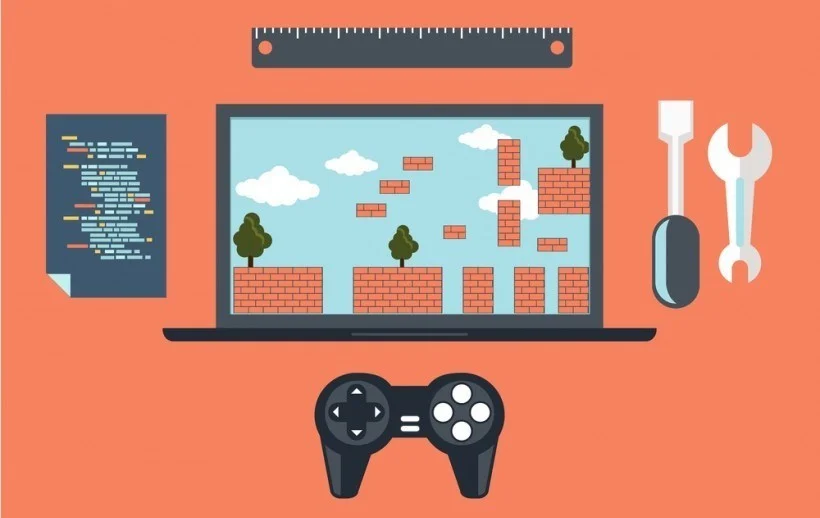
In the realm of interactive entertainment, video games represent a diverse ecosystem of narratives and mechanics that engage players in myriad ways. To comprehend and analyze this vast world, one may use interactive game taxonomy within storyline structures—a system that classifies games based on their narrative elements and player interaction models.
At its core, the taxonomy of interactive games is a framework that categorizes games according to the role storytelling plays in the player’s experience. This classification aids designers in crafting engaging storylines and helps researchers understand how narratives influence player behavior.
One primary category is linear storytelling games. These are games where players experience a fixed narrative sequence, with minimal influence over the story’s progression. Classics like “Final Fantasy VII” or “The Last of Us” are quintessential examples, where players are drawn into a richly crafted story with predetermined outcomes.
In contrast, branching storytelling games provide players with choices that impact the narrative. Games like “Mass Effect” or “Life is Strange” usher players through a web of decision points that lead to multiple endings. This interactivity not only affects the story’s outcome but also encourages replayability and player agency.
Furthermore, open-world storytelling pushes the boundaries by giving players freedom to explore vast worlds at their own pace, creating unique narratives through emergent gameplay. Titles such as “The Elder Scrolls V: Skyrim” allow stories to unfold as a consequence of player’s actions and interactions within the game’s universe.
Then there are sandbox games where narrative may take a backseat to exploration and creation. “Minecraft,” for instance, offers an environment ripe for self-directed storytelling, where players mold their own tales through gameplay without a prescriptive storyline dictating their journey.
Narrative puzzle-based games blend storyline and challenge-solving by incorporating puzzles directly into the narrative flow. Games like “Portal” ingenely integrate puzzle mechanics into storytelling, driving engagement through cerebral challenges that advance the plot.
Beyond identifying types of storytelling in games, interactive game taxonomy also recognizes the player’s role within the storyline. There are avatar-driven narratives where players inhabit and control a character within the game world; participant-driven narratives that hinge on player choice; observer-driven narratives where players experience the story more passively; and hybrid models that mix these roles to vary gameplay dynamics.
The utility of this taxonomy extends beyond mere classification—it serves as a tool for advancing game design and enhancing player investment in interactive storytelling. It fosters innovation by highlighting gaps within genres and guides market segmentation to target specific gamer demographics.
In essence, interactive game taxonomy provides a lens through which we can dissect and appreciate the complex relationship between storylines and interactivity in gaming. As narrative possibilities continue to evolve with technological advancements, so too will our frameworks for understanding this dynamic form of entertainment.









